Science & Technology
/Knowledge
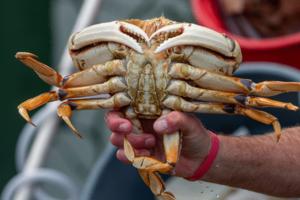
Commercial Dungeness crab season to open along portion of California coast
SACRAMENTO, Calif. — The California Department of Fish and Wildlife announced that the commercial Dungeness crab fishery south of the Mendocino-Sonoma county line will officially open early next month.
Fishing Zones 3, 4, 5 and 6, which stretch to the U.S.-Mexico border, will open Jan. 5 at 12:01 a.m., with pre-soak beginning Jan. 2 at 8:01 a...Read more
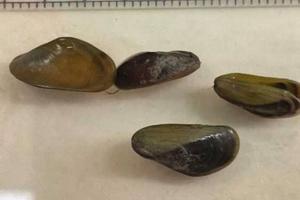
California bans invasive golden mussels in battle to keep species out of state's waters
SACRAMENTO, Calif. — It is now illegal to possess or transport golden mussels in California.
California Fish and Game Commission has designated the golden mussel a restricted species, the latest salvo in the battle to keep the invasive species out of the state’s waterways. The mussels are considered an immediate threat to the ecological ...Read more
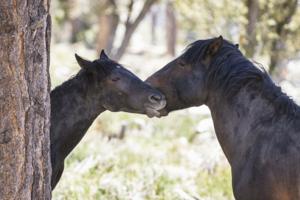
Nevada's wild horses and burros still the subject of awe, inhumane treatment
LAS VEGAS — Driving over the cattle guards that mark the boundaries of the Las Vegas Valley, Southern Nevadans are likely to come across an equine friend or two. Or a herd of them.
Wild horses and burros, considered to be an emblem of the unconquerable American West, have been a permanent fixture of the Great Basin and the Mojave Desert for ...Read more
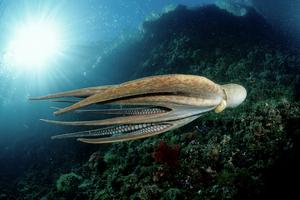
Octopuses and their relatives are a new animal welfare frontier − here’s what scientists know about consciousness in these unique creatures
We named him Squirt – not because he was the smallest of the 16 cuttlefish in the pool, but because anyone with the audacity to scoop him into a separate tank to study him was likely to get soaked. Squirt had notoriously accurate aim.
As a comparative psychologist, I’m used to assaults from my experimental subjects. I’ve been ...Read more
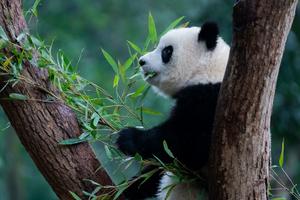
Climate change is making plants less nutritious − that could already be hurting animals that are grazers
More than one-third of all animals on Earth, from beetles to cows to elephants, depend on plant-based diets. Plants are a low-calorie food source, so it can be challenging for animals to consume enough energy to meet their needs. Now climate change is reducing the nutritional value of some foods that plant eaters rely on.
Human ...Read more
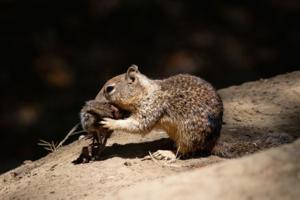
California squirrels are now apparently hunting and eating other rodents
LOS ANGELES — A UC Davis study showed a nutty novel behavior in California squirrels: They're hunting like carnivores, taking down and then consuming other, smaller rodents.
As part of an ongoing 12-year study of California ground squirrels at Briones Regional Park in Contra Costa County, researchers last summer watched as squirrels began to ...Read more
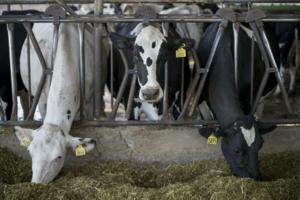
Environmental groups challenge update to California's low-carbon transportation rules
SACRAMENTO, Calif. — Environmental groups challenged California’s leading climate regulator Wednesday, alleging in new lawsuits that a recent update to a leading climate program will create additional pollution in the state’s San Joaquin Valley.
Two separate complaints allege the California Air Resources Board did not assess or alleviate ...Read more
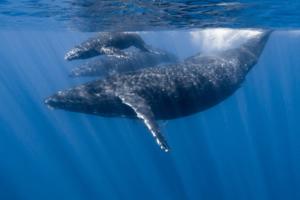
Burping, barking and begging: study reveals how whale calves communicate with mothers
As many parents can attest, babies often make telltale noises when they’re hungry. It turns out, newborn whales do the same thing.
Humpback whale calves signal their desire to eat by making barking, burping, begging and snorting sounds, according to a study published on Dec. 18 in the journal Proceedings of the Royal Society B: Biological ...Read more
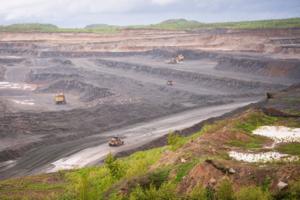
EPA investigating taconite mine for pollution that threatens wild rice
In a novel attempt to enforce a longstanding Minnesota rule protecting wild rice, the EPA is investigating U.S. Steel’s taconite mine, Keetac, for repeatedly releasing a rice-killing pollutant into surface waters.
The mine and tailings site in Keewatin broke sulfate limits set in two wastewater permits 299 times between 2019 and 2022, the EPA...Read more
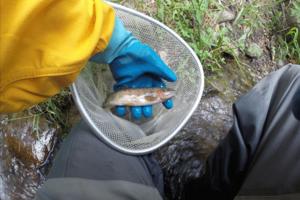
Rare species found 'thriving' in streams after rescue from wildfires. 'Huge milestone'
Years after a wildfire threatened to wipe out a rare, genetically unique species in a tiny Colorado creek, it was found “thriving” in new streams, officials said.
Colorado Parks and Wildlife recently found evidence of the unique cutthroat trout surviving multiple years and even naturally reproducing in the wild — “a huge milestone in ...Read more

How cinnamon, nutmeg and ginger became the scents of winter holidays, far from their tropical origins
Regardless of how you celebrate end-of-year holidays, food is probably central to your winter festivities. And a trio of spices – cinnamon, nutmeg and ginger – feature in many dishes and drinks and are an unmistakable part of the scent profile we associate with the holiday season.
As a plant scientist, I was curious to know how ...Read more
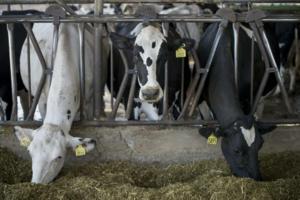
Environmental groups challenge update to California's low-carbon transportation rules
SACRAMENTO, Calif. — A coalition of environmental groups challenged California’s leading climate regulator Wednesday, alleging that a recent update to a leading climate program will create additional pollution in the state’s San Joaquin Valley.
Their lawsuit filed in Fresno county superior court calls on the California Air Resources Board...Read more
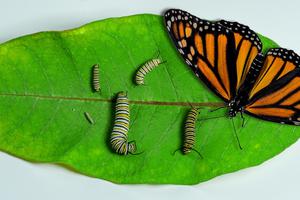
Federal protection for monarch butterflies could help or harm this iconic species, depending on how it’s carried out
Monarch butterflies are among the most beloved insects in North America. They are brightly colored and unique, both as caterpillars and later as mature insects. Monarchs are found in every U.S. state except Alaska, so nearly everyone has seen a monarch flutter by on a warm day.
During their incredible yearly migration, monarchs travel...Read more
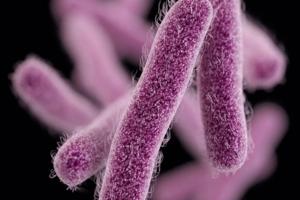
Doctors identify 'alarming' new strain of drug-resistant bacteria in Los Angeles
LOS ANGELES — Three men sought help at clinics or emergency rooms in Los Angeles County over a three-month period this year, each reporting severe diarrhea and a recent history of sexual contact with other men.
Stool cultures revealed that all three were infected with Shigella sonnei, a strain of Shigella bacteria that is resistant to five of...Read more
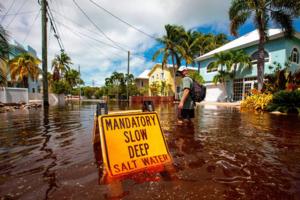
More construction, maybe less solar. South Florida's climate action plan under Trump
MIAMI — Monroe County has seven projects underway to elevate roads in the Florida Keys, keeping them dry even as rising sea levels threaten to leave them permanently underwater.
In a presentation this week, Chief Resilience Officer Rhonda Haag reported that five years ago, the county had no plans in motion to raise roads, even as residents ...Read more
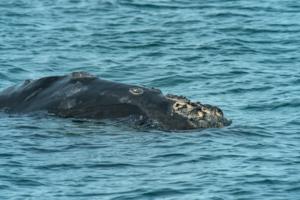
Two endangered right whales spotted caught in fishing gear off of Nantucket
One of the critically endangered North Atlantic right whales is expected to die after becoming entangled in fishing gear near Nantucket along with a second whale, the National Oceanic and Atmospheric Administration said.
“North Atlantic right whales continue to be entangled at levels that could push this critically endangered species to ...Read more
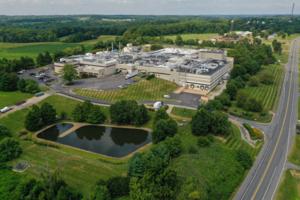
Maryland sues W.L. Gore, citing decades of PFAS pollution from 13 Elkton-area sites
BALTIMORE — Maryland officials have filed suit against W.L. Gore & Associates, the manufacturer of Gore-Tex, alleging that at least 13 of the company’s 14 facilities in Cecil County have contaminated the environment, including soil, air and groundwater, with “forever chemicals” for some 50 years.
Maryland’s lawsuit, filed Wednesday in...Read more
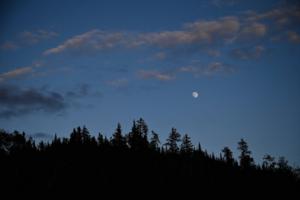
Federal government to expand Superior National Forest, buy 6,200 acres in northern Minnesota
MINNEAPOLIS — The U.S. Forest Service will buy more than 6,200 acres of land in St. Louis County, in a deal aimed at expanding the Superior National Forest and improving the management of wildlife habitat, officials announced Wednesday.
It’s likely the first of several moves after long discussions over ownership of significant parcels ...Read more
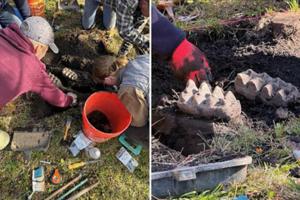
Complete mastodon jaw unearthed in upstate NY backyard
Archaeologists have unearthed a complete mastodon jaw along with additional bone fragments in the backyard of an Upstate New York home, officials announced Tuesday.
The “stunning prehistoric find” came after a homeowner in Scotchtown, some 65 miles northwest of Midtown Manhattan, found “two unusual teeth concealed by plant fronds” on ...Read more
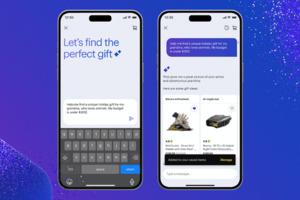
Santa's little AI helper: Retailers like Best Buy, Target offer last-minute shoppers a new option
Say your nephew needs a Christmas present and you vaguely know what he’s into these days. A new Gift Finder feature on the Best Buy app lets users ask questions like, “What can I get for a 10-year-old who loves Minecraft?”
The artificial intelligence-powered chatbot responds with a list of products like the latest versions of the game, ...Read more
Popular Stories
- Octopuses and their relatives are a new animal welfare frontier − here’s what scientists know about consciousness in these unique creatures
- Commercial Dungeness crab season to open along portion of California coast
- Doctors identify 'alarming' new strain of drug-resistant bacteria in Los Angeles
- California bans invasive golden mussels in battle to keep species out of state's waters
- Climate change is making plants less nutritious − that could already be hurting animals that are grazers





